This article was medically reviewed by Troy A. Miles, MD. Dr. Miles is an Orthopedic Surgeon specializing in Adult Joint Reconstruction in California. He received his MD from the Albert Einstein College of Medicine in 2010, followed by a residency at the Oregon Health & Science University and fellowship at the University of California, Davis. He is a Diplomat of the American Board of Orthopaedic Surgery and is a member of the American Association of Hip and Knee Surgeons, American Orthopaedic Association, American Association of Orthopaedic Surgery, and the North Pacific Orthopaedic Society.
There are 11 references cited in this article, which can be found at the bottom of the page.
wikiHow marks an article as reader-approved once it receives enough positive feedback. In this case, 98% of readers who voted found the article helpful, earning it our reader-approved status.
This article has been viewed 44,710 times.
Experts agree bursitis usually develops near joints that you move in a repetitive motion, so resting your joint may help you heal. However, you may have flare-ups of pain, stiffness, redness, and swelling around your infected joint.[1] Trochanteric bursitis occurs when you have inflammation in the fluid-filled sacs (called bursa) that cushion the joint where your femur connects to your pelvis. Research suggests this condition can cause pain in your hip and thigh on your affected side, which can worsen after sitting, lying down, or being active.[2] While the pain may be frustrating, it's possible to manage your bursitis.
Steps
Changing Activities and Exercises
-
1Avoid overuse injuries. One of the main causes of bursitis of the hip, or any other large joint, is repetitive motions that strain tendons and inflame the underlying bursa sacs. This can happen with too much jogging, cycling, stair climbing, kicking or standing, especially on hard surfaces. As such, don't overdo it at work or while exercising.[3]
- Run on softer surfaces (such as grass or a treadmill) if you're a jogger. Reduce your mileage if you start to feel hip pain.
- You may need to adjust your bike seat and/or get better suspension if cycling triggers hip pain.
- If you stand for long periods of time as a cashier or something similar, place a rubberized or cushioned mat on the floor of your work area to act as a shock absorber.
-
2Practice good posture. Another primary cause of hip bursitis is poor posture.[4] If you always lean to one side while standing, habitually cross your legs while sitting, have scoliosis (curvature) in your spine, suffer from hip or knee arthritis, have flat feet, and/or have a short leg, then you are much more likely to develop trochanteric bursitis.
- Remember to stand and sit up straight, as leaning puts more pressure on the hip joints you lean towards.
- When one leg is significantly shorter than the other (due to a leg injury, arthritis or fallen arch) it negatively affects the way you walk, which leads to hip joint irritation.[5]
- Shoe orthotics (inserts) can support the arches of your feet and correct for a short leg, which reduces the risk of hip bursitis.
Advertisement -
3Consider joining a yoga class. Exercising and stretching the muscles around your hip joints can help reduce pressure on the joints and associated bursa sacs. Gentle forms of yoga may improve trochanteric bursitis by increasing flexibility and reducing muscle tension surrounding the hip joints. Ask at your local gym, community center, church or chiropractor's office about yoga classes. Alternatively, search online for qualified yoga teachers and sign up for beginner classes.
- Before joining a yoga class, ask your doctor if the movements are appropriate for your case of bursitis. You may have to limit certain postures. The yoga instructor may also be familiar with what to focus on and what to avoid.
- Avoid "hot yoga" classes because they may be too vigorous and the higher temperatures may inflame your bursitis.
- Other mild exercises, such as Pilates and Tai Chi, might also improve muscle / ligament strength around your hips and reduce tension and inflammation triggered by repetitive movements.
Coping with Trochanteric Bursitis at Home
-
1Apply cold therapy. Since bursitis is an inflammatory condition, applying ice (or something cold) over the affected area helps to reduce the swelling and associated pain.[6] Feel around the outside part of your hip / top of your buttocks to find the most tender area. Apply a bag of crushed ice or ice cubes to the area for about 15 minutes or until it feels numb. Re-apply three to five times daily or as needed.
- If you don't any ice in the house, then consider using a frozen bag of fruit or veggies as cold therapy.
- Always cover ice and frozen gel packs with a thin cloth to avoid frostbite on your skin.
-
2Take anti-inflammatory medication. In addition to cold therapy, another way of combating the inflammation and pain of bursitis is by taking over-the-counter anti-inflammatory pills, such as ibuprofen (Advil) or naproxen (Aleve).[7] Take the pills before doing any activities. Medication is a short-term solution for bursitis and should not extend beyond a few weeks in order to avoid side effects.
- Side effects from anti-inflammatories includes stomach irritation, diarrhea, skin rash, blurred vision, and reduced kidney function.[8]
- Take anti-inflammatories with food and ask your doctor about appropriate dosage — do not go over the recommended daily dose.
-
3Use a cane. While dealing with your trochanteric bursitis, you may need to rely on supportive devices, such as a walking cane. Temporary use of a walking cane will relieve pressure on your hip and help you combat the inflammation and pain.[9] Use the cane on the side of the hip bursitis for support as you walk and stand. Make sure your cane is sized properly — you should be able to fully extend your elbow when your cane is supporting your weight.
- If both hips are inflamed with bursitis, which is fairly unusual, consider using crutches or a supportive walker instead of a cane.
- Canes can be purchased as most pharmacies and medical supply stores. Ask your doctor or chiropractor for more information.
-
4Lose weight. Losing weight is not a short-term fix to be able to cope with trochanteric bursitis, but it can make a big difference in the long run, especially if your bursitis is chronic and keeps reoccurring. Excessive body weight puts more pressure on the hip joints and increases the likelihood of arthritis and bone spurs developing — major risk factors for hip bursitis.[10]
- Any weight-bearing exercise (such as walking) tends to be very painful with bursitis, so consider swimming as an activity to lose weight because your body is essentially weightless once in the water.
- In addition to burning more calories with exercise, you should also consume less calories via diet to have the best chance to lose weight.
- Eat more fresh veggies, lean fish, low-fat dairy and whole grains. Avoid processed foods. Drink more water and less soda pop and energy drinks.
Getting Medical Treatment for Trochanteric Bursitis
-
1Talk to your doctor about steroid injections. If your hip bursitis doesn't go away within a few weeks and doesn't get better with home care, then your doctor may recommend a corticosteroid injection directly into the hip bursa to relieve the inflammation and pain. Corticosteroid injections, such as triamcinolone, methylprednisolone or cortisone, are powerful anti-inflammatories that act quickly.[11]
- Injections are given in your doctor's office and often one is all it takes for rapid relief that can last for months or completely resolve the problem.
- If the bursitis returns, another injection or two can be given, but few months time between treatments is recommended to reduce the risk of side effects.
- Side effects from corticosteroid injections include potential tendon/muscle weakening, local infection, water retention and weight gain, and reduced immune system function.
-
2Get a referral for physiotherapy. If your doctor doesn't recommend steroid injections (or they didn't help much), then he will likely give you a referral to a physical therapist so she can teach you about specific exercises to increase the strength of your hip joint and show you various stretches to improve flexibility.[12] The physical therapist may also use therapeutic ultrasound on your hip joint, which can alleviate symptoms and potentially shrink the inflamed bursa.
- The physical therapist will also specifically focus on IT Band stretching and strengthening as this is the primary source of inflammation in bursitis of the greater trochanter.
- Physiotherapy is usually required three times per week for three to four weeks to make a significant impact on hip bursitis.
- Once you've learned the exercises and stretches for your hip, you can continue them at home if they are effective.
-
3Consider surgery as a last resort. Sometimes with severe and stubborn cases of trochanteric bursitis, surgery may be necessary. Surgical treatments of trochanteric bursitis typically consist of open vs. arthroscopic debridement (cleaning out) of the bursa, lengthening of the IT band, or windowing of the IT band to prevent the friction between the IT band and the greater trochanter itself.
Identifying Common Symptoms
-
1Watch for lateral hip pain. The main symptom of trochanteric bursitis is sharp and stabbing pain on the outside (lateral) part of your hip, near your upper buttocks.[13] It can develop over the course of a day or two, usually due to overuse or some sort of accident, such as falling on your hip.
- There are actually two bursa in your hip joint. The most commonly inflamed is the one covering the greater trochanter.
- The other hip bursa, called the iliopsoas bursa, is located on the inside part of the hip joint (groin side) and causes groin pain when it's inflamed.[14]
-
2Take note of hip pain that's worse after activity. The pain of hip bursitis typically feels pretty good when you wake up in the morning (assuming you don't irritate it in the night by laying on it), but invariably gets worse with any type of activity that involves walking, running or lifting and twisting.[15] That's why icing, stretching and popping anti-inflammatory pills should all be done first thing in the morning to combat symptoms.
- Hip pain with any sort of activity can also be caused by inflammatory (rheumatoid) arthritis, which bursitis is sometimes confused for.
- With both rheumatoid and osteoarthritis of the hip, you will experience pain and stiffness in the morning. It is more pronounced in rheumatoid arthritis, lasting more than 30 minutes after getting up in the morning prior to loosening up, where with osteoarthritis, stiffness for less than 10–15 minutes after rising in the morning.
- Your doctor will take an x-ray of your hip to see what role (if any) arthritis or joint damage plays with your bursitis.
-
3Look for hip swelling. Another major sign of bursitis is swelling or a "boggy" feeling on the outside of the hip joint that can be felt and often seen.[16] Pushing on the outside part of your hip with your fingers should cause pain and leave an indentation for a few seconds due to the swelling — this is similar to pitting edema (swelling) that can develop in the ankles.
- The head of the greater trochanter can be fairly close to the skin's surface, which is why the inflamed bursa may be easily felt and seen.
- Hip bursitis is sometimes confused with a hip infection, accept that bursitis doesn't cause a fever.
- Don't mistake a large boil, rash or bruise for bursitis. Bursitis doesn't usually discolor the skin.
References
- ↑ https://medlineplus.gov/ency/patientinstructions/000777.htm
- ↑ https://my.clevelandclinic.org/health/diseases/4964-trochanteric-bursitis
- ↑ https://my.clevelandclinic.org/health/diseases/4964-trochanteric-bursitis
- ↑ https://my.clevelandclinic.org/health/diseases/4964-trochanteric-bursitis
- ↑ https://orthoinfo.aaos.org/en/diseases--conditions/hip-bursitis
- ↑ https://familydoctor.org/condition/bursitis-of-the-hip/
- ↑ https://orthoinfo.aaos.org/en/diseases--conditions/hip-bursitis
- ↑ https://www.nlm.nih.gov/medlineplus/druginfo/meds/a682159.html
- ↑ https://www.drugs.com/cg/hip-bursitis-discharge-care.html
- ↑ https://familydoctor.org/condition/bursitis-of-the-hip/
- ↑ https://my.clevelandclinic.org/health/treatments/21663-bursa-injection
- ↑ https://myhealth.alberta.ca/Health/aftercareinformation/pages/conditions.aspx?hwid=bo1543
- ↑ https://my.clevelandclinic.org/health/diseases_conditions/hic_Bursitis/hic_Trochanteric_Bursitis
- ↑ http://orthoinfo.aaos.org/topic.cfm?topic=a00409
- ↑ https://www.nhs.uk/conditions/bursitis/
- ↑ https://medlineplus.gov/ency/patientinstructions/000777.htm
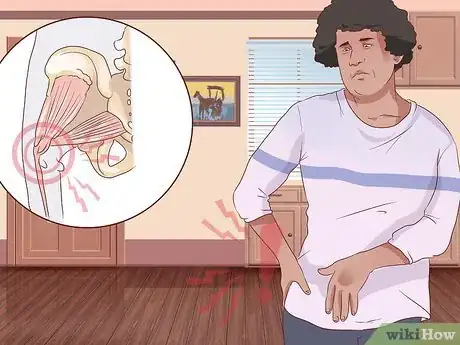
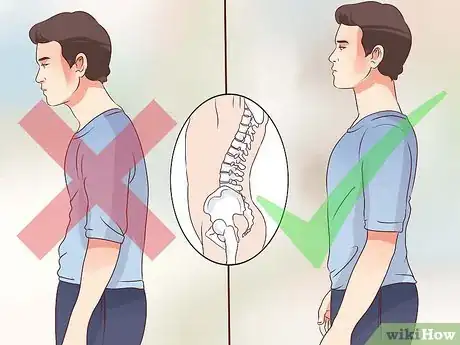
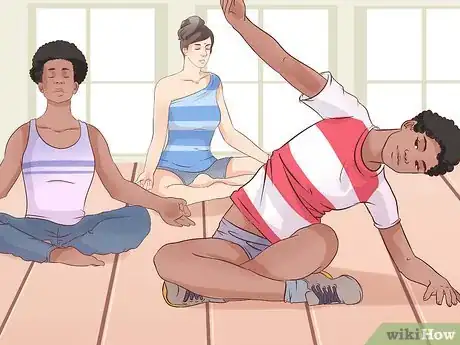
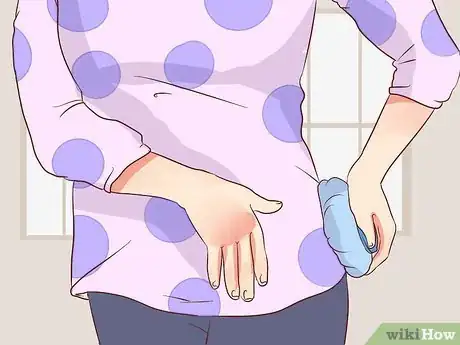
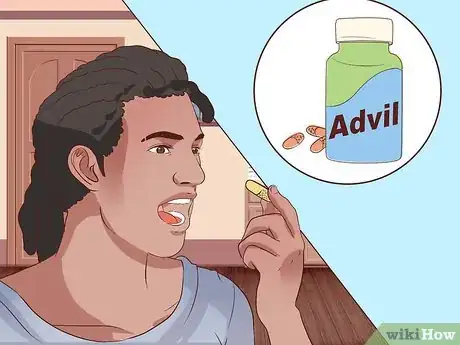
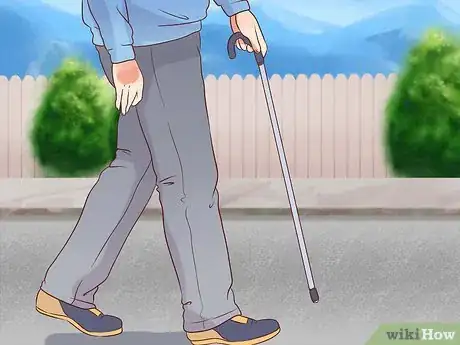
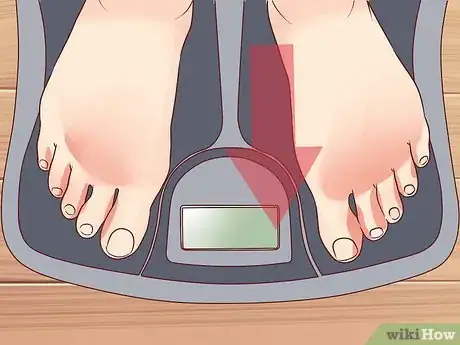
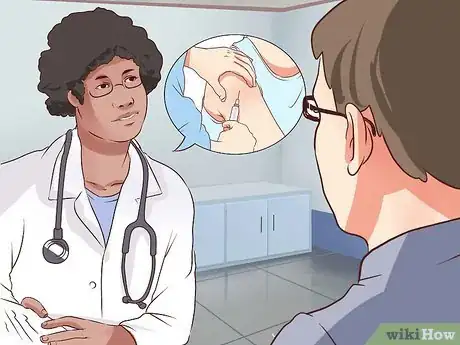
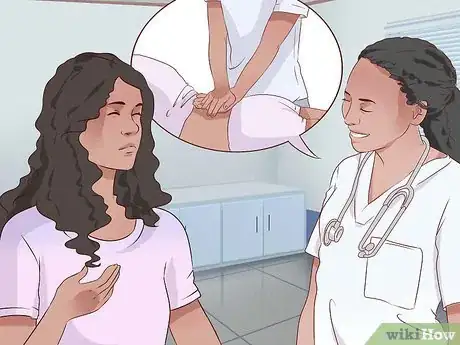
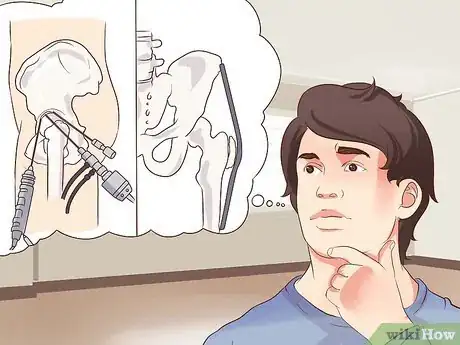
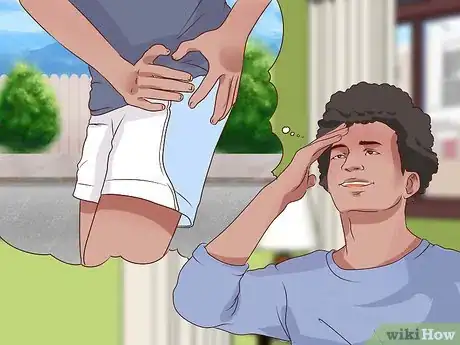
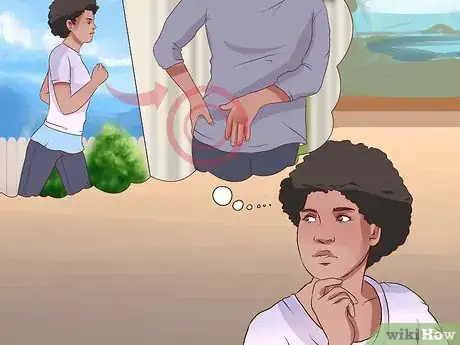
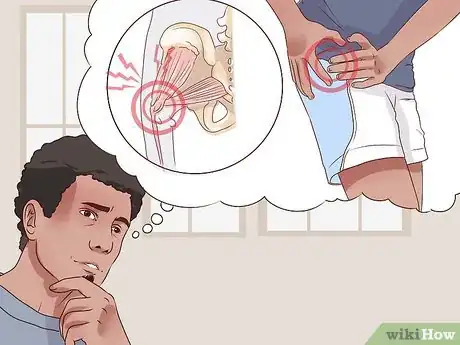


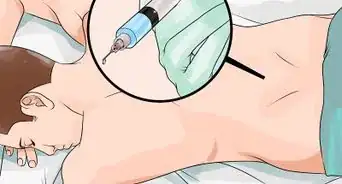
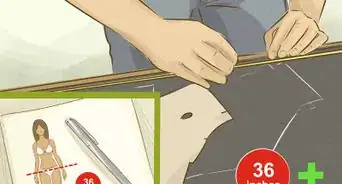
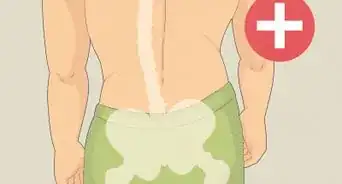
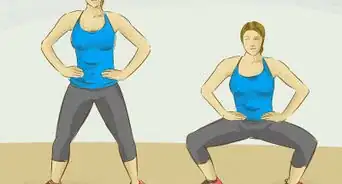
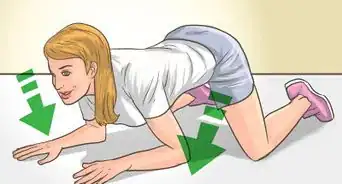
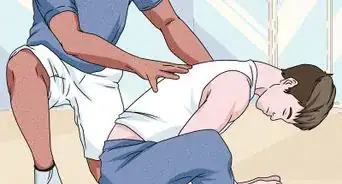
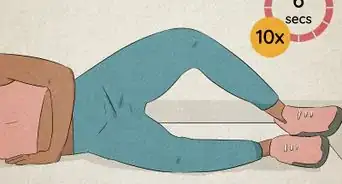
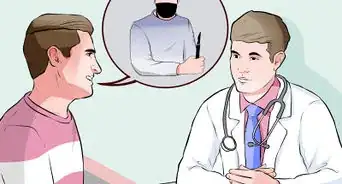









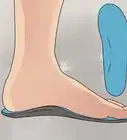
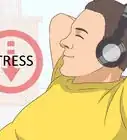
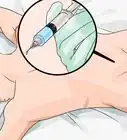
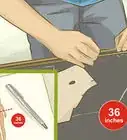



































Medical Disclaimer
The content of this article is not intended to be a substitute for professional medical advice, examination, diagnosis, or treatment. You should always contact your doctor or other qualified healthcare professional before starting, changing, or stopping any kind of health treatment.
Read More...